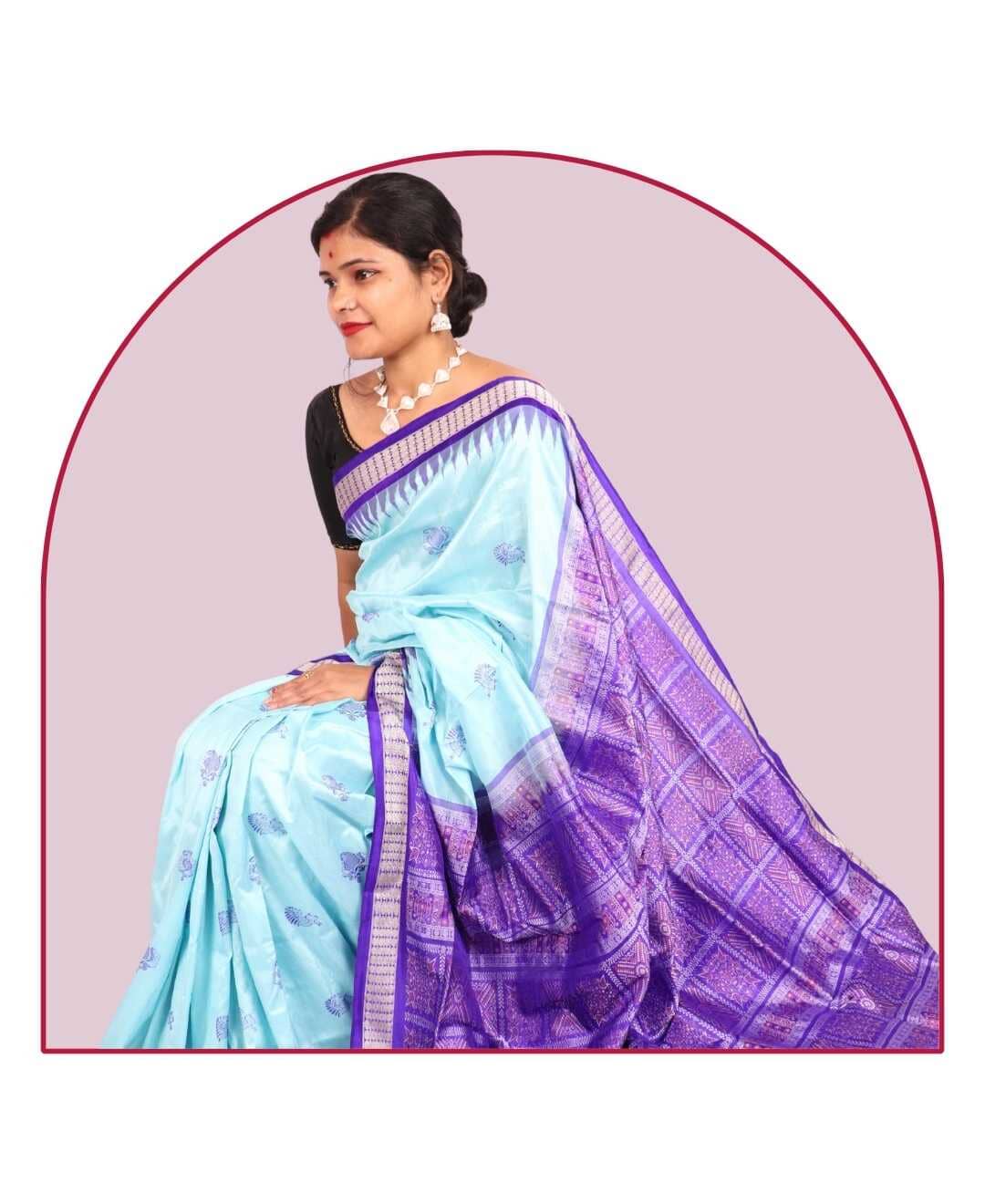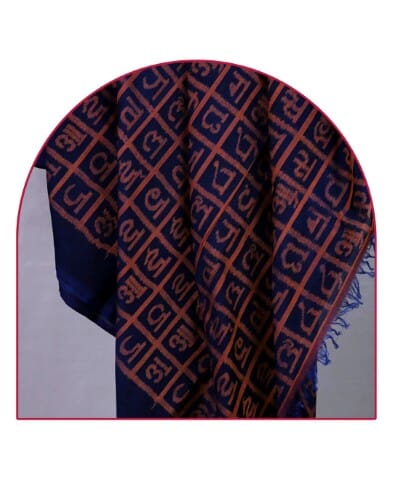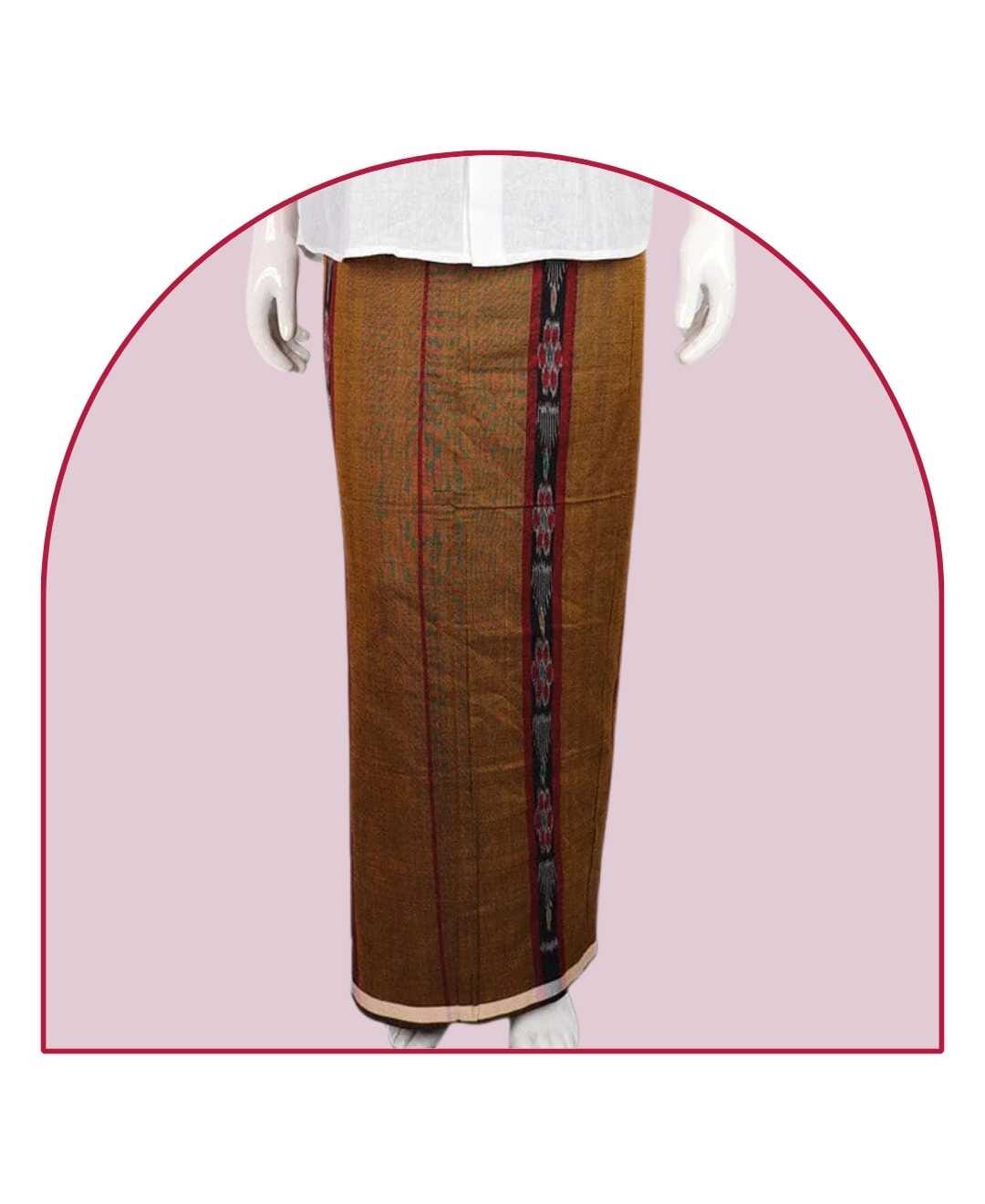Bomkai Silk vs. Other Indian Silks: A Visual Guide
India has a rich and diverse tradition of silk sarees, each region producing its own unique variety with a long history, special designs, textures and weaving styles. Bomkai silk from Odisha stands apart as one of the most striking forms of indigenous silk weaving in the country.
Origin & Geography
Bomkai sarees originate from the village clusters around Bomkai in Ganjam district, Odisha. The 500-year old tradition uses locally produced silk along with traditional motifs and designs to produce the vibrant Bomkai sarees. Bomkai sarees get their name from the village Bomkai where they were first woven.
In contrast, other major silk saree varieties can be traced back to different parts of India:
- Banarasi silk - Originating from Varanasi, Uttar Pradesh, Banarasi silks have been woven for over 400 years using fine silk and brocade techniques.
- Kanjivaram silk - From the town of Kanchipuram in Tamil Nadu, these are heavyweight, interlocked sarees worn for ceremonies and rituals.
- Paithani silk - Named after the Paithan town in Maharashtra, the tapestry-woven Paithani sarees feature brightly coloured peacock and parrot motifs.
- Muga silk - Produced in Assam, Muga silk is naturally golden yellow and known for its resilience and durability.
- Chanderi silk - Historically woven in Madhya Pradesh, Chanderi silk is lightweight and transparent, often with gold zari work.
Unique Weaving Techniques
Bomkai sarees use a unique supplementary weft technique of weaving which results in the vibrant, ornate designs associated with this silk. The supplementary weft technique involves adding an extra set of weft threads in addition to the base weft threads on traditional handlooms. This additional weft is woven randomly across the length and breadth of the saree to create the signature Bomkai patterns and designs.
Other Indian silks employ different specialised techniques:
- Banarasi silk - Brocade weaving using gold & silver threads creates richly patterned Banarasi silks.
- Kanjivaram silk - The contrasting border & body are achieved by the labour-intensive interlocked weft technique.
- Paithani silk - Tapestry weaving helps form the ornate peacock and parrot motifs.
- Chanderi silk - Chanderi silks use the translucent plain weave technique along with zari work.
Design & Motifs
Bomkai sarees utilise traditional Hindu motifs & designs such as temple borders, peacocks, fish, flowers, and geometric patterns. The Bomkai style involves cramming the entire saree field with beautifully intricate designs.
- Temple border designs along the pallu represent sacred shrines and architecture.
- Peacocks and lotus flowers symbolise fertility, prosperity and good fortune.
- Fish, birds and elephant motifs signify abundance and auspiciousness.
Whereas other silk sarees are known for different characteristic motifs:
- Banarasi - Dense floral vines, paisleys, kalga motifs inspired by Mughal design.
- Kanjivaram - Stripes, checks and temple motifs inspired by South Indian temple architecture.
- Paithani - Peacock, parrot, lotus, coin, tableau motifs, often in the pallu.
Colour Palette
Vibrant colours are intrinsic to Bomkai sarees. Traditional natural dyes produce brilliant shades of parrot green, bottle green, deep brown, purple, crimson and a range of blues.
Other silk sarees utilise contrasting yet complementary colour combinations:
- Banarasi - Crimson red, royal blue, maroon, pink, yellow.
- Kanjivaram - Maroon & purple, red & yellow, green & navy blue are traditional pairings.
- Paithani - Brilliant reds, purple, parrot green, pink, fuchsia, orange, yellow.
Texture & Feel
Bomkai silk has a characteristically rich, lustrous and smooth feel thanks to the fine silk threads. The lightness of the fabric coupled with the bright colours lends the sarees a luxurious, glamorous quality.
Comparatively, other silks feel:
- Banarasi - Heavier and stiffer due to dense brocade weaving with zari threads.
- Kanjivaram - Crisp and rigid drape but relatively lightweight.
- Paithani - Smooth, shiny, often heavy silk with a mix of opulence and comfort.
The bomkai silk material is lightweight and easy to drape. The sarees have a flowy, airy texture as compared to other heavy silks.
Usage & Occasions
The lustrous elegance and vibrancy of Bomkai sarees make them perfect for weddings, festivals and other celebratory occasions. They are also suitable for everyday casual wear.
Other silk sarees are associated with specific traditional events:
- Banarasi - Auspicious occasions like weddings plus formal gatherings.
- Kanjivaram - Temple festivals, wedding ceremonies especially in Tamil communities.
- Paithani - Bridal wear for Maharashtrian weddings.
Bomkai sarees are versatile enough to be worn for any festive occasion, whether it is Durga Puja, Diwali, weddings or other celebrations. Their classic designs transcend trends.
Discover authentic handwoven Bomkai silk sarees for your next special occasion at Bomkai Cotton Collection. With striking designs and brilliant colours, Bomkai silks will make you stand out at any event!
Read about Discover Bomkai: The Elegance of Odisha's Timeless Silk Sarees an historically rich and factual write-up.

























Leave a comment